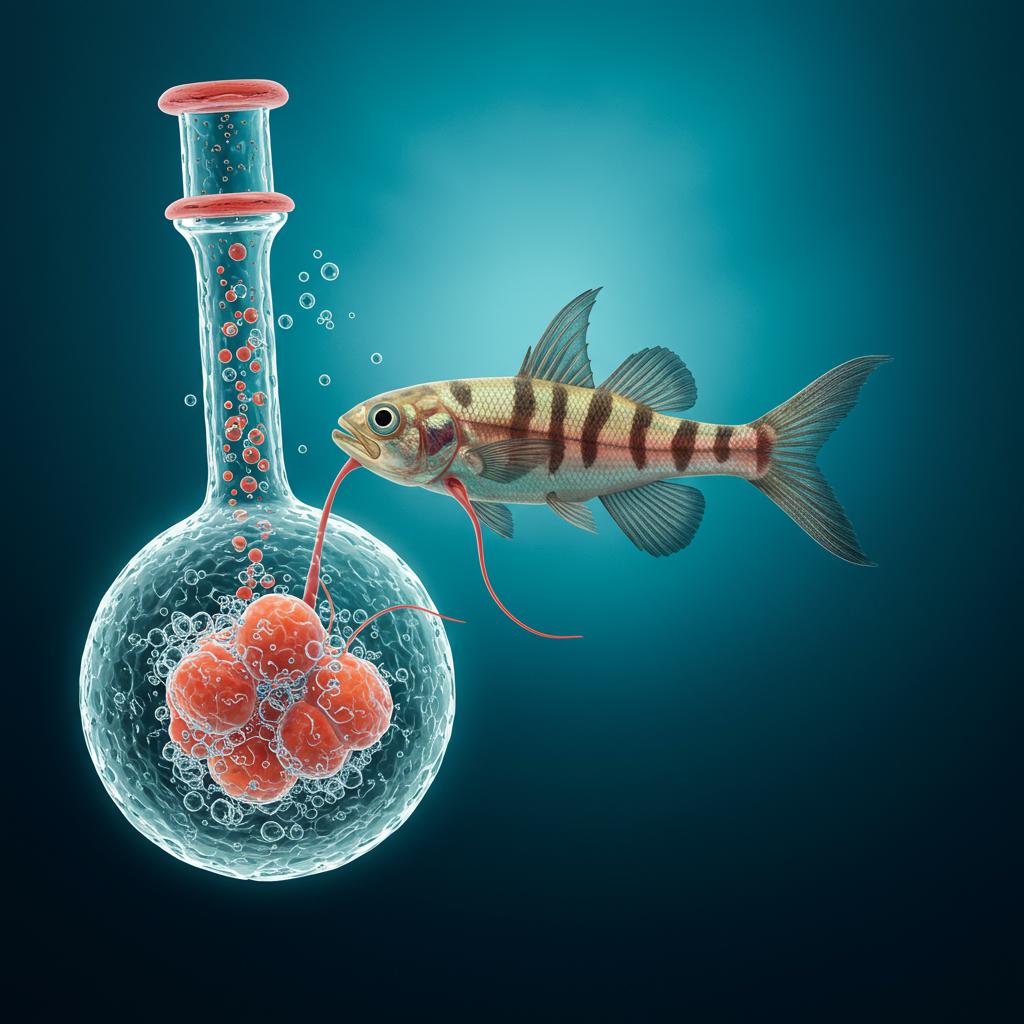
Ever tripped and pulled a muscle? Or maybe even broken a bone? We humans are unfortunately prone to musculoskeletal injuries. Sometimes, the body bounces back perfectly, but other times, we’re left with scar tissue. While scars are a testament to our body’s amazing ability to heal, they don’t always allow for full functionality. Imagine a torn muscle that never quite regains its strength or a fractured bone that aches when the weather changes. Wouldn’t it be incredible if we could regenerate damaged tissues perfectly, like some animals can?
It turns out the animal kingdom has some remarkable healers. Certain non-mammalian vertebrates can regenerate entire limbs! Think of a salamander regrowing a lost tail – it’s like something out of science fiction. One of these incredible creatures, the zebrafish, has become a star in scientific research. Why? Because they possess this amazing regenerative ability, and their embryonic musculoskeletal development is surprisingly similar to ours.
Zebrafish offer a fantastic window into the secrets of regeneration. Researchers have developed zebrafish models for muscle and skeletal injuries that mirror human healing processes, making them invaluable for studying human conditions.
Here’s a breakdown of what happens in zebrafish after a muscle or bone injury:
- Muscle Injury: Zebrafish have special muscle stem cells called satellite cells. Normally, these cells are dormant, like tiny sleeping repair crews. But when a muscle is injured, these cells wake up! They start multiplying, transforming into muscle cells, and fusing together to repair the damage.
- Bone Fracture: The zebrafish bone healing process is a bit more complex. It starts with the formation of a blood clot (hematoma) followed by inflammation. Then, a special type of callus made of cartilage forms as a bridge between the broken bone ends. This is gradually replaced by a bony callus, which eventually remodels itself into strong, functional bone tissue.
These zebrafish models are incredibly useful for testing new therapies. Scientists can experiment with different genes and drugs to see if they can improve healing and reduce scarring. Imagine the possibilities – faster recovery from muscle tears for athletes, more effective treatments for fractures in the elderly, and maybe even, one day, the ability to regenerate entire limbs!
The zebrafish’s ability to regenerate whole body parts offers even more exciting possibilities. By studying this phenomenon, researchers hope to unlock the secrets of complete tissue regeneration, eventually applying these insights to humans. While we’re still a long way from regrowing entire limbs, zebrafish research is paving the way for faster, scar-free healing and a brighter future for regenerative medicine. It’s a fascinating field, and the potential benefits are enormous. Who knows? Maybe one day, thanks to the zebrafish, we’ll all have the regenerative powers of a superhero.
